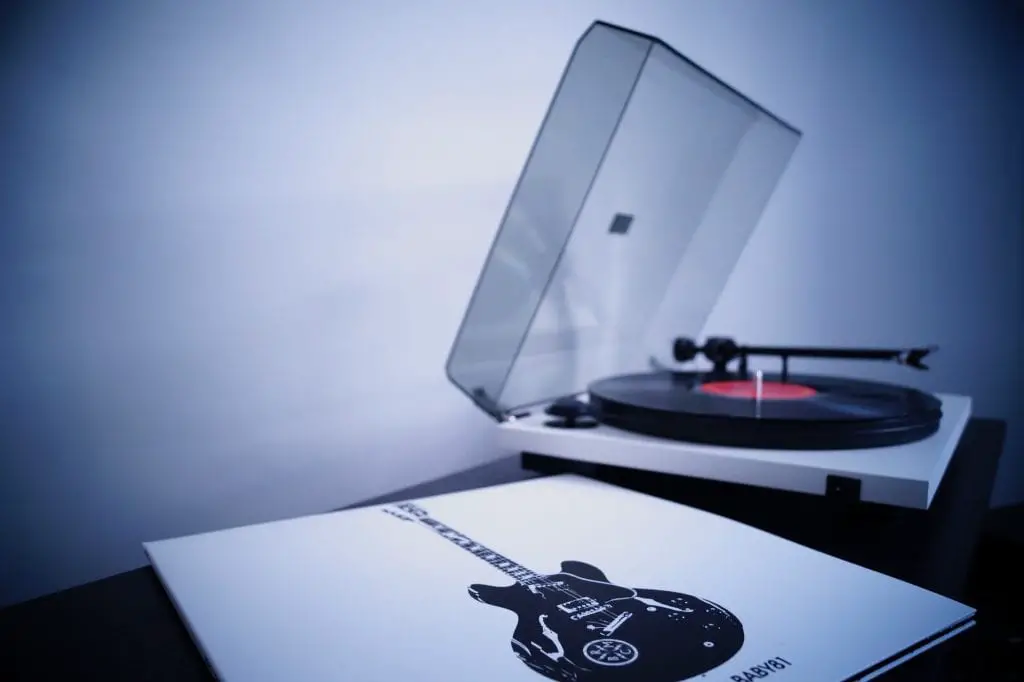Have you ever felt depressed or suicidal? Almost everyone has been through a phase in their lives wherein they have felt that there is no meaning to life. Life lets them down in one or more ways and the feeling of pain to a great extent, the feeling of desperation caused by sadness, adds up to the phrase ‘feeling blue.’
“I am feeling blue”
“The music makes me feel so blue”
“The weather is so gloomy that it makes me feel blue”
“Looks like he is feeling blue”
Some of these phrases are very common in the lives of people who are experiencing unexplainable emotional pain. But why is the color blue associated with pain and suffering?
Several different usages have a strong link to the association of the color blue with pain and sadness, such as
- A badly bruised person is described as ‘black and blue’ which demonstrates or depicts the color of the skin that is bruised.
- A dead person’s skin turns blue, another reason why feeling blue is associated with feeling sad and depressed.
The blue symbolism holds a deep meaning that remains unexplained. People believe that the color blue clouds the horizons of those who experience emotional pain. The sky is blue and to many people, the vast sky and its color bring hope and happiness. Then why is the color associated with sadness?
The secret behind blue symbolism
Did you know that sadness and other emotions influence the various visual processes involved in perceiving color? Researchers from Psychological Science conducted a study in which they demonstrated that when compared to participants who watched funny videos, participants who watched sad videos were not accurate in identifying colors on the blue-yellow spectrum. This could be the reason behind blue symbolism or the association of the color blue with sadness.
The study conducted by the Association for Psychological Science is recent. While the documented use of the color blue is regarded to poet Geoffrey Chaucer and his poem Complaint of Mars from 1385, American short story writer Washington Irving is credited for using the term ‘the blues’ with reference to sadness in 1807.
As much as ‘feeling blue’ is not a feeling that everyone wants to experience, the origin behind the phrase is something that everyone wants to know about. Why is a color used to describe a feeling? Why is it associated with sadness? What is the origin of blue symbolism?
The origin of the phrase ‘feeling blue’
Feeling blue is to be sad or depressed. Several theories revolve around its reference, such as its reference to lifelessness; when the lifeless body, as in the lips and skin turns blue. But it is just a reference and not the origin. When you look for the origin of blue symbolism, you will be faced with a lot of answers with some crediting it to Greek mythology while others offering credit to poets of the 14th century. Here are some of them.
- Feeling blue and Greek mythology

The color blue and the phrase feeling blue is believed to have its origin in Greek Mythology. Zeus, the sky and thunder God in ancient Greek religion, ruled as king of the Gods of Mount Olympus. It is said that when the God of thunder was angry, he would create a storm so strong that it would threaten life on earth. But when Zeus was sad, he would make it rain while the sky was still blue. The connection between the feeling the God of thunder Zeus was experiencing and the color of the sky is considered to be the origin of blue symbolism.
- Feeling blue and blue law
One of the oldest relations of the color blue with sadness is linked to the consumption of alcohol. Before the phrase was used, people spoke about blue devils in the 1600s. The blue devils were feelings of sadness originally brought in by hallucinations caused by alcohol withdrawal. Over time, ‘devil’ was dropped, and the grim feeling caused by alcohol was termed as blue. Blue is still associated with alcohol and the law that prevents alcohol from being sold called the blue laws comes from blue devil or blues.
- Feeling blue and Geoffrey Chaucer
Geoffrey Chaucer was a great English poet and an author of the middle ages. He was considered the greatest English poet and has been called the “father of English literature’ as well as the “father of English poetry”. He is best known for his work ‘The Canterbury Tales.’ Among many of his works that include ‘The House of Fame,’ ‘The Book of the Dutchess,’ and ‘The Legend of Good Women’ is his poem “The Complaint of Mars”.
In his poem ‘The Complaint of Mars’ Geoffrey Chaucer has used the word ‘blewe’ in association with tears, which in turn reflects sadness. A phrase in the poem “Wyth teres blewe and with a wounded herte” translates to “With tears blue and with a wounded heart” where the color blue is associated with sadness. Is this the origin of the blue symbolism in the phrase ‘feeling blue?’
- Feeling blue and The Classic Dictionary of The Vulgar Tongue
It was in 1755 that Dr. Johnson published the ‘Dictionary of English Language,’ his greatest work, which was greatly credited for the knowledge it offered for those who sought it. Thirty-five years after Dr. Johnson’s work was published, Francis Grose published ‘A Classical Dictionary of the Vulgar Tongue’ in 1785. Francis Grose’s work was a compilation of slang that Dr. Johnson had deemed unfit for his publication.
Gorse did his lexicography in the disreputable heart of after-hours London instead of referring to various books in the library. He cruised through the sordid heart of London, eating, boozing, and listening to free speech. A good deal of slang that is published in A Classical Dictionary of the Vulgar Tongue has survived into the present day and includes ‘to kick the bucket,’ ‘to screw,’ ‘to box the Jesuit’ and more.
In his dictionary, Gorse states to be or to look blue to mean ‘to be confused,’ ‘terrified,’ or ‘disappointed.’ It also refers to Blue Devils as low spirits and establishes the color blue with being or feeling low.
- Feeling blue and the Dictionary of Americanism
John Russell Bartlett was a bibliographer who lived between 1805 and 1886. His greatest contribution to linguistics was his pioneer work Dictionary of Americanism, which went through four editions and was also printed in Dutch and German.
Dictionary of Americanism is a glossary of words and phrases. It is usually regarded as peculiar to the United States and was published in 1848. There are several references for blue symbolisms in this dictionary such as ‘black and blue’, the color of a bruise which refers to pain.
The Dictionary of Americanism mentions ‘Blue’ to be gloomy, severe, extreme, and ultra. The former meaning of blue, gloomy, is with reference to the severe and mortified appearance of the Presbyterians, from their alleged grave deportment. It is also with reference to the inscription beneath an old portrait of the 17th century in the Woodburn Gallery. The dictionary also denotes the meaning of blue in the phrase ‘to look blue at one’ as to look at one with displeasure, and the blue spirits as low spirits.
- Feeling Blue and blues music

Image Credit – Pixabay
The association of blues music and blue symbolism or feeling blue makes a lot of sense, as it often involves telling a sad story. Chronologically speaking, the association of feeling blue and blues music does not make sense as the first copyrighted blues composition came in 1912, several years after ‘A Classical Dictionary of the Vulgar Tongue’ and ‘Dictionary of Americanism’ were published. There is a possibility that the blues got its name from the phrase feeling blue, though the context is unclear.
- Feeling blue and the Navy Custom
Yet another origin of the phrase ‘feeling blue’ is in association with the deep waters. Its origin is coined from a custom followed by many deepwater sailing ships or the navy. As per their custom, if the ship lost its captain or any officers during the voyage, the ship would fly a blue flag while she made shore. The ship either raised a blue flag or had a blue band painted along the entire hull before returning to homeport.
- Feeling blue and the hue of the color blue
Have you ever thought of the color blue to be happy? As surprising as it may sound, blue is always associated with pain, such as in ‘black and blue’ with reference to a bruise. But why is the color associated with pain? Have you considered the hue of the color? As per the research paper by Gill Philip, the hue of color has a major association with emotions. When you consider the proximity of the color blue to the color black in the color scale, black might be a contributing factor to the mood. Black is linked to depression and fear, and the proximity blue has with black, is the reason behind the emotion associated with the color.
- Feeling blue and Sciencedaily
As per recent scientific research, the association between color and emotions is beyond metaphor. There were two studies conducted, that indicate that the feeling of sadness can have an impact on how we perceive color. One of the studies is by the Association for Psychological Science, as mentioned earlier in the article, and the other was conducted by Sciencedaily.
Given how blue symbolism has been given many roots of origin, and there was early evidence of its usage, it is very difficult to associate the meaning of ‘feeling blue’ to one singular origin.



